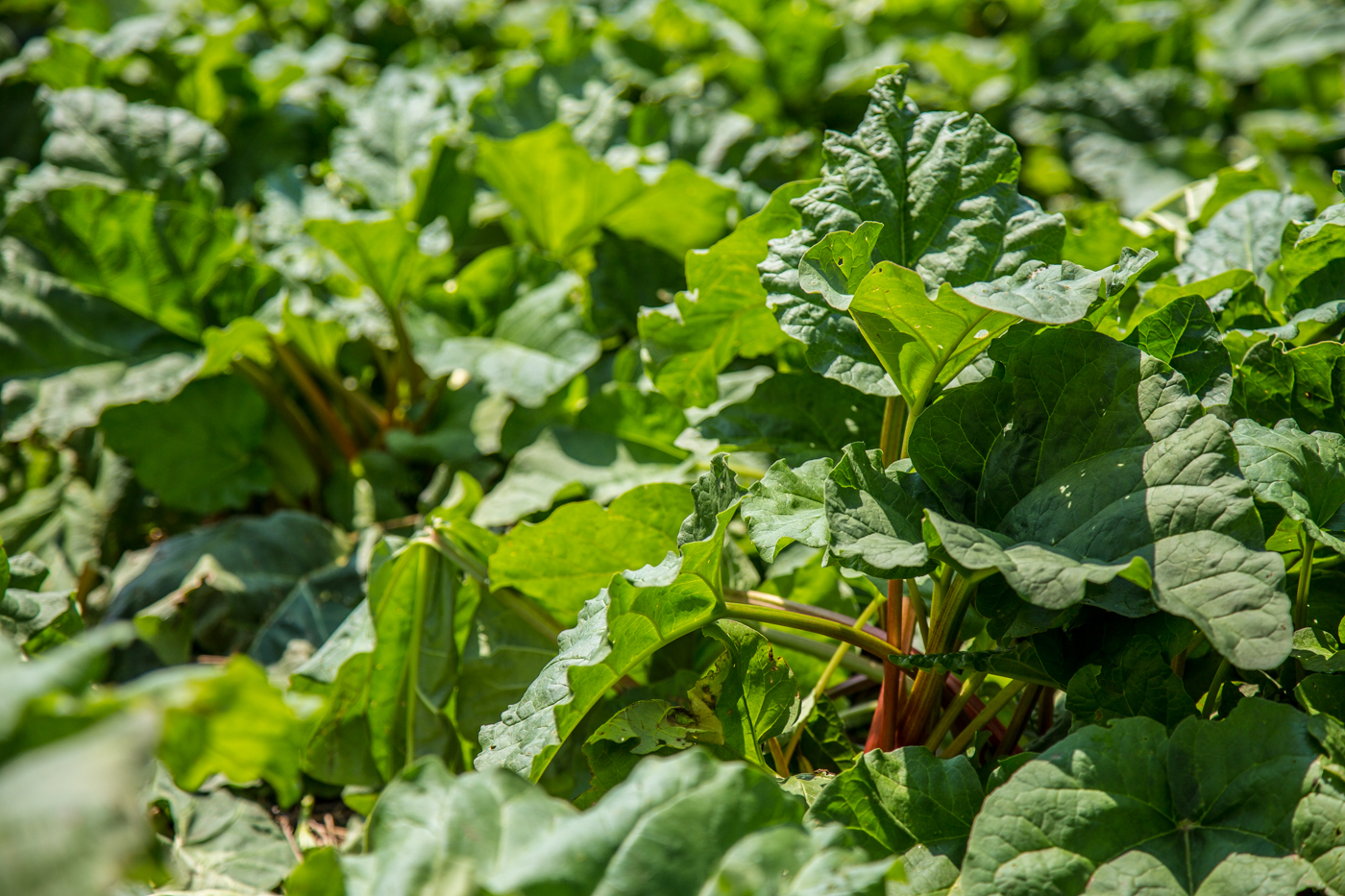Elizabeth DiCesare
CONTRIBUTOR
Waterloo Region’s urban landscape is constantly changing and expanding. New residential developments are popping up near city boundaries, high-rises are being built in the downtown core and LRT construction has torn up major streets to make way for new public transportation. Between all of the urban sprawl, if you look closely, are numerous plots of green space being used by groups of people in the form of community gardens.
This year, there are just over 70 community gardens across Kitchener, Waterloo, Cambridge and the surrounding townships. When KW’s Community Garden Council was first founded in 2005 there were only 28 gardens, which shows how much urban gardening has expanded throughout the region in the past decade.
All of the gardens began at the grassroots level. When individuals, or groups, are interested in starting a community garden, they must contact Waterloo Region in order to learn how to do so. Carol Popovic, a Public Health Nurse for the Region of Waterloo, if often their first point of contact.
“Usually I get the call saying, you know, ‘I’m interested in starting a garden, what do I need to do?’” she said. “I instruct them to find at least two or three other people who they could work with, because it is a big task, to get a garden in the ground, believe it or not. They have to find sponsorship, they have to find land … it takes about a year before a garden gets into the ground.”
Sponsorships for community gardens stem from many places. Some are sponsored by churches or schools who donate sections of land, some gain support from neighborhood councils or the city itself, and others relay on the kindness of individuals who lend out portions of their own private land or backyards.
Popovic, along with her team, works closely with all the community gardens. She offers support and knowledge when needed, and points people in the right direction when they are seeking grants or additional sponsorships to help supplement tools and resources. Funding can be difficult to find, but is very important in order to both begin and maintain a community garden.
Some grants have been given to help make community gardens more accessible to gardeners.
“With these grants we’ve been able to incorporate accessibility features in four gardens throughout the region. So there’s hard-surface pathways, and raised garden beds,” she explained.
There have also been partnerships created with local organizations who, in the past, have donated various tools and funds to community garden groups.
“Some of the sponsorship and support has been pretty amazing,” Popovic continued.
Alisa McClurg, the co-coordinator of KW Harvester, echoed some of the difficulties of finding resources. “We have lots of gardeners, but we’re looking for more coordinators,” she said.
The KW Harvester garden is located on land owned by Wilfrid Laurier University, near their Northdale campus. While they receive the majority of funding from Laurier Students’ Public Interest Research Group, the garden is open to members of the immediate community as well as WLU students.
Their garden has eight plots: one communal plot, and seven individually assigned plots.
Community gardens tend to follow these two models. With communal models, those involved all work together to garden, and share the harvest. With individual models, those involved pay a small fee to have their own plot that they tend to, and only that individual person or group assigned to that specific plot is allowed to reap the harvest. Depending on the organization, some community gardens may focus on one model, but many incorporate both.
Within community gardens, gardeners have a fairly free range on what they can grow, with the only limitations being on illegal and invasive plants. Local plants are encouraged, but they are largely welcome to grow whatever they want. The plants are also organic, as Waterloo Region has a by-law banning the use of pesticides.
Community gardens also help build community networks, and bring people together. These new relationships offer many new benefits for both the gardeners and and the physical gardens.
“It’s a great opportunity for the public and the community to share knowledge of gardening,” explained McClurg. One benefit that she has seen at the Northdale garden is the participation of multicultural groups.
“Some people in Patchwork – that’s the multicultural garden – have been growing what we would consider weeds, but actually in their cultural they eat them,” she continued. “So we have been learning about how you can eat things that we have been thinking are weeds.”
Different community groups, such as food banks and soup kitchens, have also reaped the benefits of community gardens. Many gardens have been known to practice gleaning – harvesting additional crops that will not be used by the direct gardeners, usually due to overproduction – and donate the harvest to those in need.
“One garden in Cambridge two years ago donated about 750 pounds of produce to the Cambridge Self Help Food Bank,” said Popovic. “It’s more than just the individual [gardener] who benefits.”
Gardeners, however, do get many benefits: knowledge of gardening, meeting new people, and access to resources that promote healthy living and lifestyles. They are able to escape the urban landscape of the city and get back to nature.




Leave a Reply